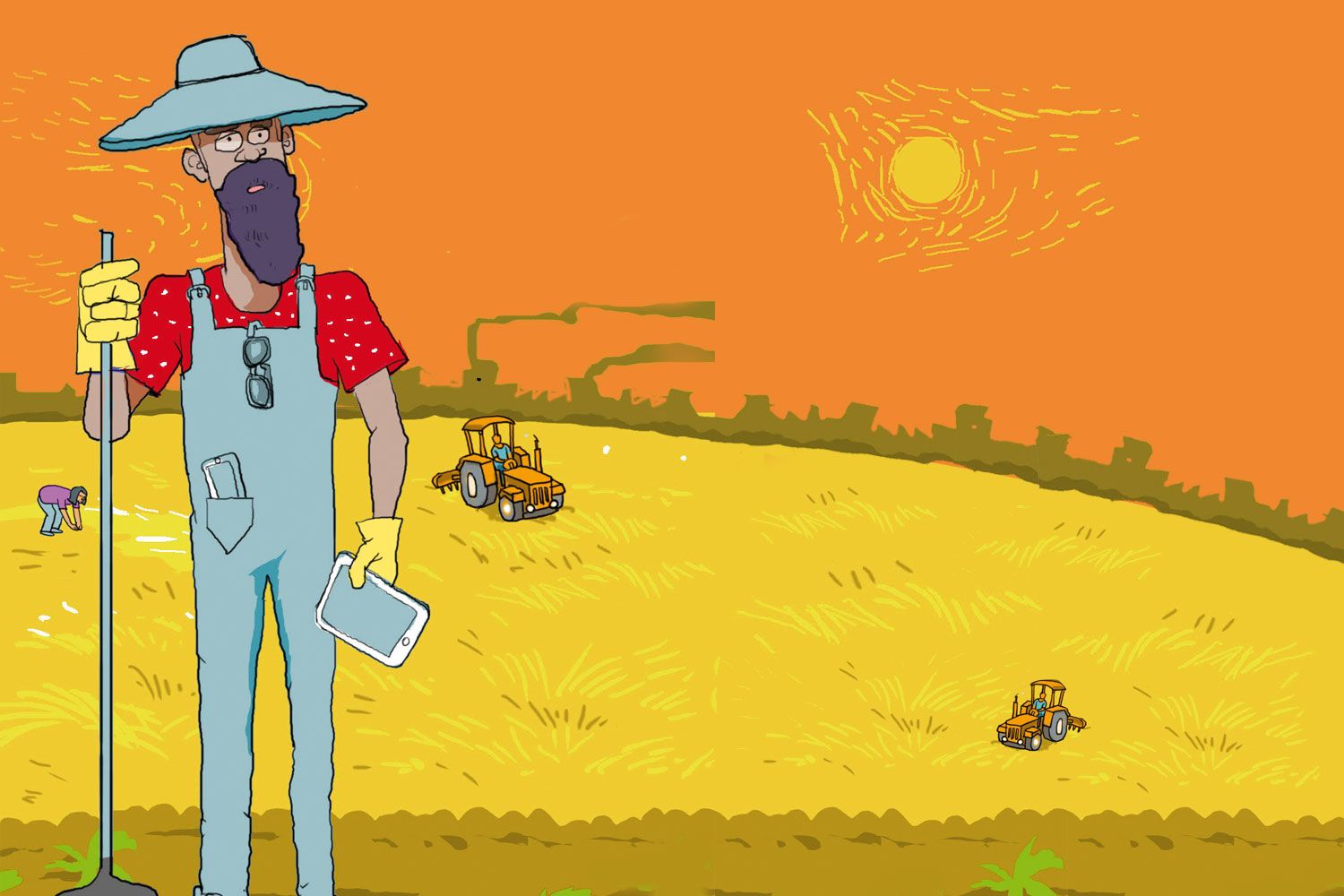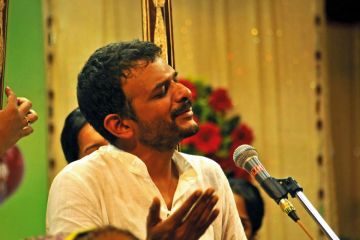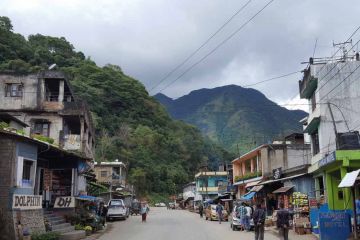
Bharath Varma Chiluvuri wanted to get his
hands dirty. He wanted to figure out farming. He was a greenhorn. He wandered
around his family farm of 20 acres, paddy and coconut, feeling the dirt,
following the astringent spoor coming off it. He spent his time by the little
pond filled with stagnant water. He capered with and fed desi cows and a
little lamb.
By the side of the river Gautami—a
tributary of the Godavari—that encircles the island of 13 villages in East
Godavari district of





